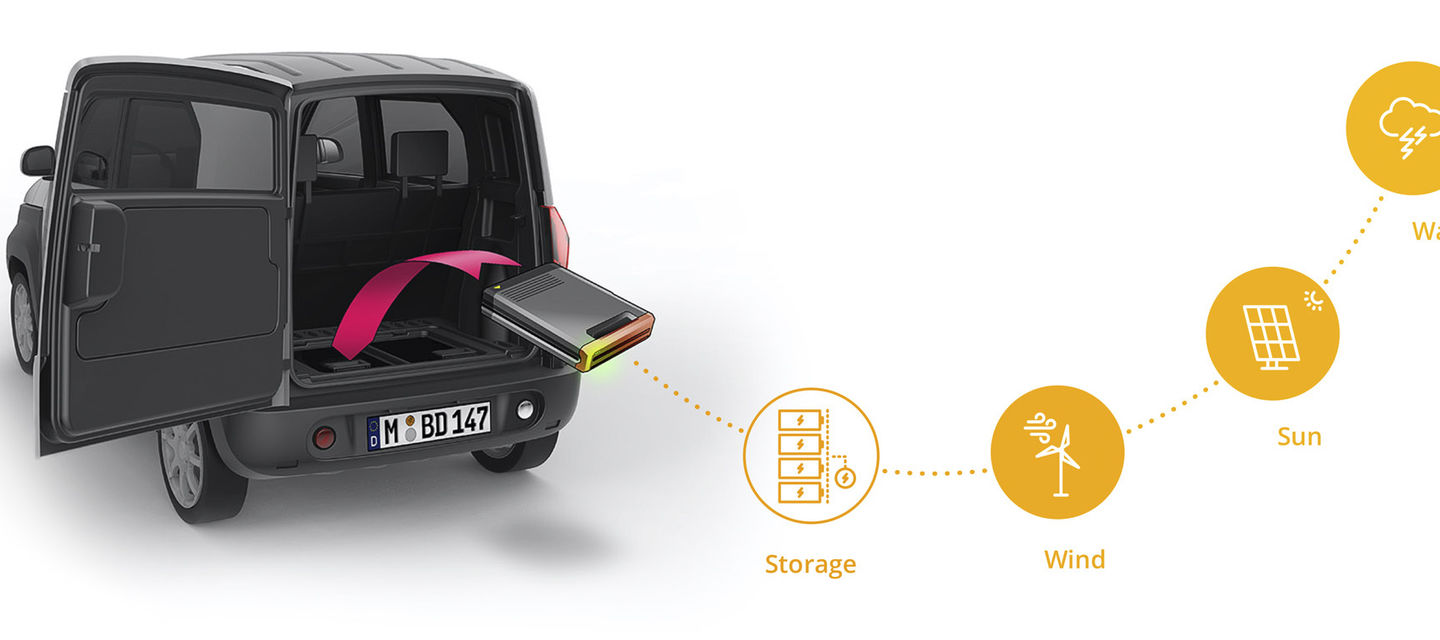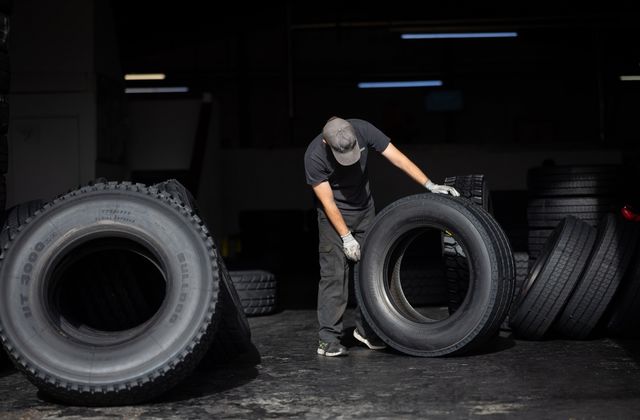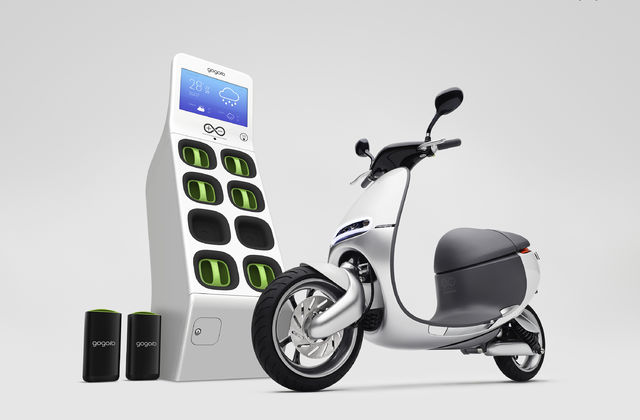What is it? Adaptive City Mobility provides a new service model for urban mobility. The model includes a light-weight electric car, swappable batteries that can be charged on a home plug, and connected software. The car is designed to be used both as a taxi and as a last mile logistics car. The idea is that fleet operators and diverse end users can share the same cars, to reduce the overall number of cars needed, and to avoid the need for a costly charging infrastructure (Konietzko et al., 2020)
Why is this important? Inner-city mobility, and especially cars, have a high environmental impact due to their high emissions and congestion (Tukker et al., 2016). Cars stand around for about 95 % of their time, and even though they are made to transport 4-5 people, they carry on average only 1-2 people (EMF, 2015). Fast growing cities around the world will not be able to support individual car mobility, due to space constraints and the need to manage escalating levels of pollution and congestion. Finding solutions that manage to reduce the overall number of cars are therefore needed.
Main resource strategy: Narrowing and slowing; lighter cars made for multiple purposes reduce the overall number of needed cars; Slowing: mobility as a service leads to long service life for the cars; Regenerating: the cars can be powered with renewable energy.
Business model aspects:
- Value Proposition: A low-emission and low-cost mobility solution for fleet operators in cities.
- Value Creation & Delivery: Mobility as a service: a fleet operator buys the fleet and makes it available for users (both workers within companies, like taxi, security or bakery business, and end users). Software connects the different actors to enable mode-switching and sharing.
- Value Capture: Adaptive City Mobility sells a fleet to one operator in a city who then operates and distributes diverse mobility services in the city.
Business model experimentation practices: Adaptive City Mobility has started by building small card-board based prototypes and focus groups with users to explore the idea. They ended the test phase with a pilot in Munich, where they tested the service blueprint with eight prototype cars. The company is now looking to secure the next funding round to initiate production.
Sustainability outcomes: 70 % reductions in emissions, compared to individual car ownership based on combustion engines (ACM, 2018).
Sources:
ACM, 2018. Adaptive City Mobility Website [WWW Document]. URL http://www.adaptive-city-mobility.de/
EMF, 2015. Growth within: a circular economy vision for a competitive europe. Ellen MacArthur Found. 100. https://doi.org/Article
Konietzko, J., Bocken, N., Hultink, E.J., 2020. Circular ecosystem innovation: An initial set of principles. J. Clean. Prod. 253, 119942. https://doi.org/10.1016/j.jclepro.2019.119942
Tukker, A., Bulavskaya, T., Giljum, S., de Koning, A., Lutter, S., Simas, M., Stadler, K., Wood, R., 2016. Environmental and resource footprints in a global context: Europe’s structural deficit in resource endowments. Glob. Environ. Chang. https://doi.org/10.1016/j.gloenvcha.2016.07.002
***
About project Circular X
Project Circular X is about ‘Experimentation with Circular Service Business Models’. It is an ambitious research project funded by the European Research Council (ERC) which supports top researchers from anywhere in the world. Project CIRCULAR X runs from 2020-2025. The project is led by Principal Investigator (PI) Prof Dr Nancy Bocken, who is joined by a multidisciplinary team of researchers at Maastricht Sustainability Institute (MSI), Maastricht School of Business and Economics, Maastricht University. The project cooperates with businesses who want to innovate towards the circular economy.
Project Circular X addresses a new and urgent issue: experimentation with circular service business models (CSBMs). Examples of such new business models include companies shifting from selling products to selling services and introducing lifelong warrantees to extend product lifetimes. However, CSBMs are far from mainstream and research focused on experimentation is little understood. The research aims to conduct interdisciplinary research with 4 objectives:
- Advancing understanding of CSBMs; their emergence and impacts
- Advancing knowledge on CSBM experimentation
- Developing CSBM experimentation tools
- Designing and deploying CSBM experimentation labs
Funding source
This project has received funding from the European Research Council (ERC) under the European Union’s Horizon 2020 research and innovation programme, grant agreement No. 850159.
Use of this information
When you refer to this case, please use the following source:
Circular X (2020) Case study: Adaptive City Mobility. Accessed from www.circularx.eu



